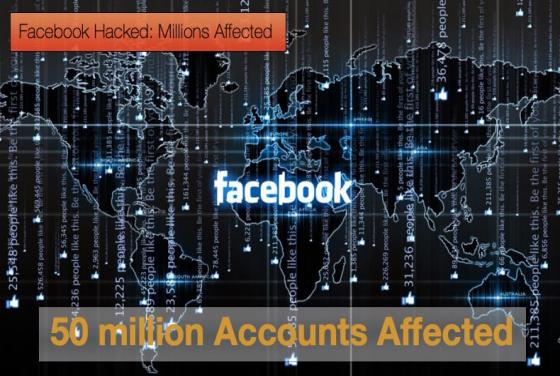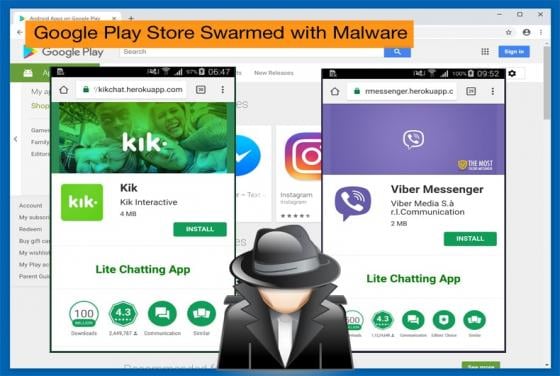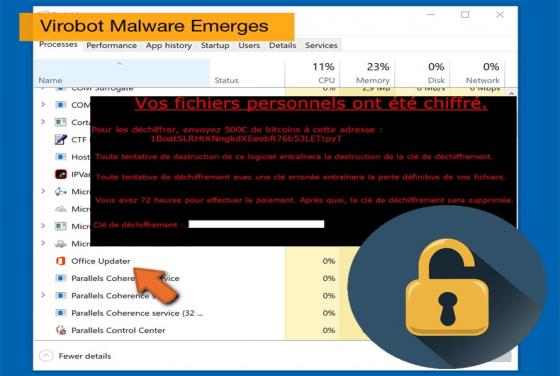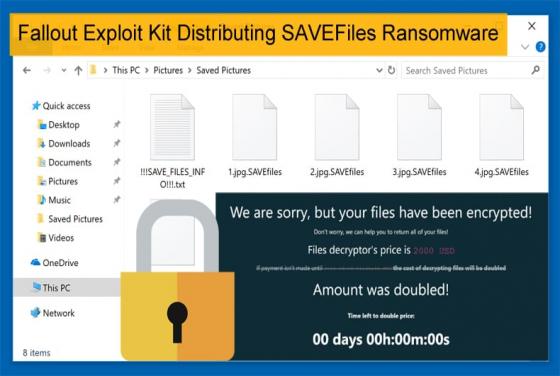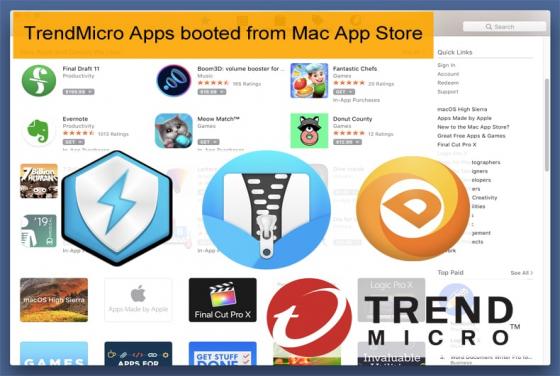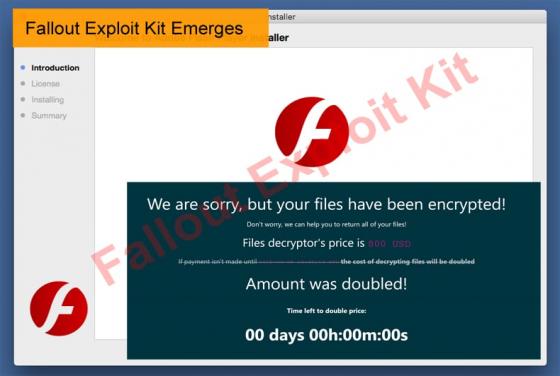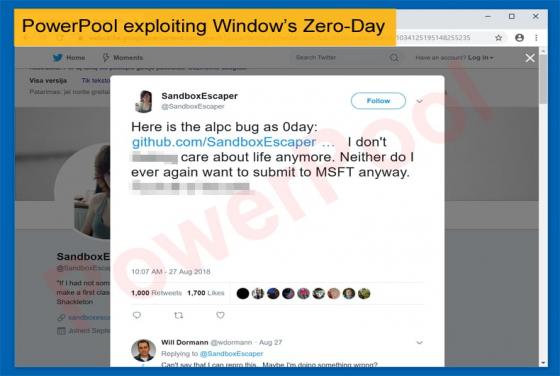

The Tiny Chip Saga
On Thursday, October 4, 2018, Bloomberg published an article which claimed that Chinese spies were able to gain privileged access to just under 30 major US companies. This access was granted through the spies planting tiny microchips inside motherboards used for Supermicro servers that eventually ma

